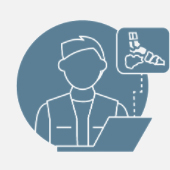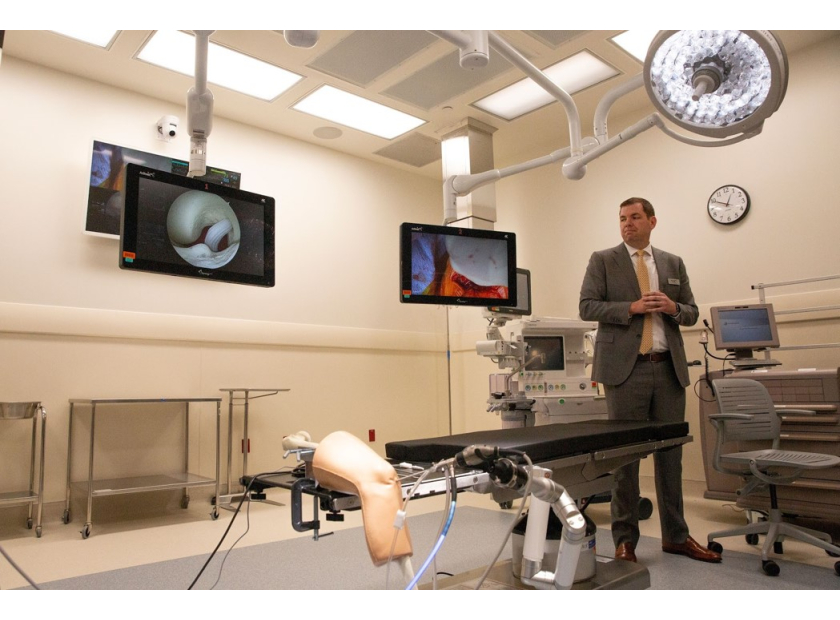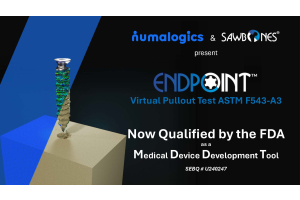Transferring Arthroscopic Skills Simulator Training to Real Life Scenario
Developing arthroscopic skills can be far more complex than those required for open surgery, as the student must work in such an abstract way. For someone with only open experience, it's a complete shift from how they've worked in the past, and specialized tools and models are essential for accurate training. Arthroscopic skills simulators of varying complexities can help students adapt to this new way of operating.
Arthroscopic Skills Simulator Options
More than a few options are available for developing arthroscopic skills, from low tech, DIY tools to highly detailed models. Typically, students will use a variety of learning aids as they work through training.
Type |
Pros |
Cons |
DIY Camera ToolsThere are many ways to build an amateur arthroscopy training rig, typically using a webcam and some piping or box. This tool is for basic skills development rather than any specific surgery. |
|
|
Fundamentals of Arthroscopic Surgery Training (FAST)These modular workstations allow students to increase their basic arthroscopic skills in a variety of environments. |
|
|
Arthroscopic Skills Acquisition Tool (ASAT)The ASAT is a lower fidelity option that allows students to practice the essential components of an arthroscopy by controlling a shape matching and movement process using simulated tools. |
|
|
High-fidelity arthroscopy simulatorThe high fidelity arthroscopy simulator will include the camera, computer, and body model. The model replicates tendons, bones, and existing injuries based on the surgery type. |
|
|
Most students will confront all of these surgical training tools at some point or another. Of course, determining when they're ready to move on to actual patients is another matter.
Moving Beyond Practical Training
Every instructor will approach advancing students differently. Transferring new skills to an actual surgical setting is a long-tailed process that will depend on the student's abilities, experience level and comfort. In many cases, instructors use all the above tools in a tiered process. As the student gains mastery of one, they move on to the next.
A student may start on a FAST model but have access to the ASAT model when they complete a series of sutures and movements a fixed number of times. The same goes for the ASAT model. When they move onto more complex models, they'll need something with haptic feedback and windows so instructors can ensure they've transferred those skills to a realistic environment.
The ability to transfer movements learned on an arthroscopic skills simulator to a surgical environment will depend on the detail of the model. The student should have as much training as possible—in a realistic setting—and increase complexity as they master skills. This approach is the best way to prepare them for success as they transition out of training and into practice.
Sawbones offers a wide range of arthroscopic skills simulators to help support training for these surgeries. Visit our contact us page or call 206-463-5551 to learn more.

Our engineers, cultivated through our partnership with Pacific Research Laboratories, access a wide range of processes and tools to develop medical educational supplies for universities, hospitals, research and development, and more. Our years of experience creating these products allow us to make stock and custom models for all purposes.








